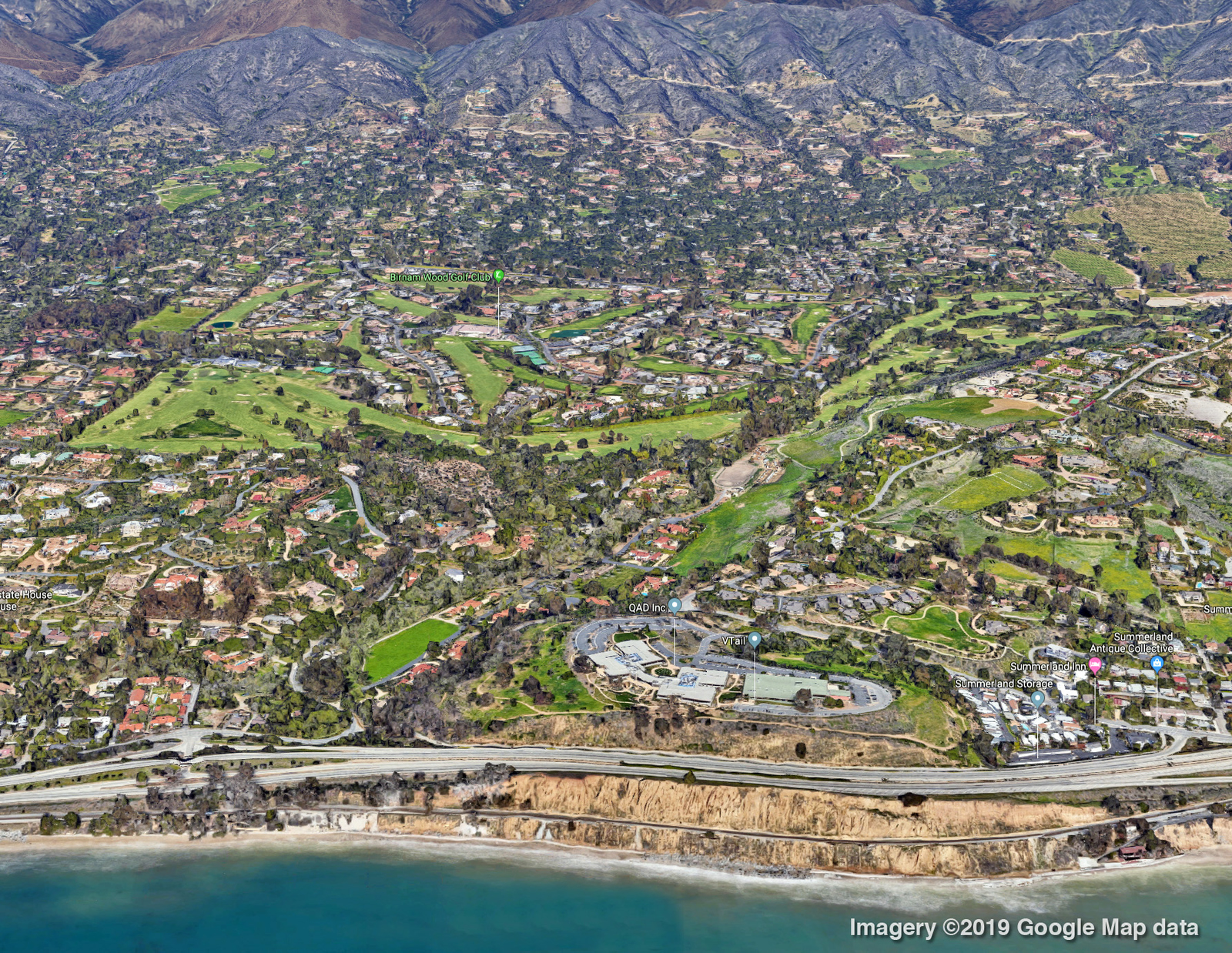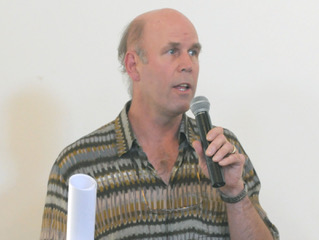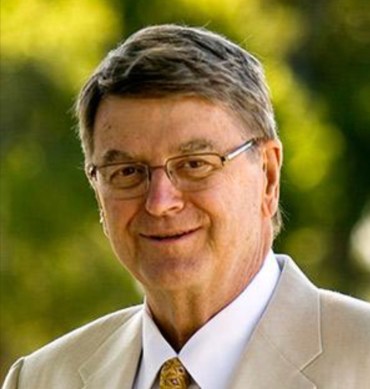Dragging Feet on Toilet-to-Tap in Montecito
Water Board Stalled Between a $16 Million Project and a $31 Million One

The current five members of the Montecito Water Board ran as slate candidates in 2016 and 2018, and they won election largely on the promise of recycling treated wastewater for irrigation. A group of wealthy donors poured $200,000 into their campaigns.
Yet the new board seems in no hurry to get the job done.
Boardmembers have signaled their “intent to pursue” a $16 million project, one that would provide non-potable recycled wastewater for irrigation at the Birnam Wood and Valley Club golf courses, Santa Barbara Cemetery, Music Academy of the West, and Biltmore and Miramar hotels, some of the biggest water customers in Montecito.
But the Water Board won’t likely vote on the project until October, at the earliest. Environmentalists are upset, but the board has called for more studies of Montecito’s groundwater basins to find out whether treated wastewater could be injected into them and used as a future drinking supply. Because advanced treatment would be required, a groundwater injection project is estimated cost as much as $31 million.
“I’m not sure what the studies may show,” said Director Ken Coates, who was elected to the water board in November. “We are a long way from having hard answers to a lot of questions. I think it’s premature to know when we might be ready for a hard vote.”
According to the board’s timeline, Montecito’s recycled water project, whatever it is, will not be completed until mid-2022.
Since the November election, the Water Board and Montecito Sanitary District board have struggled to understand each other. Two slate candidates won election to the Sanitary District board, but they do not form the majority there.

Sanitary District board President Tom Bollay, who was not a slate candidate, says Montecito San could have a recycling plant up and operating on its property at 1042 Monte Cristo Lane by the summer of 2020, with a price tag of well under $5 million.
It could be the “first phase” of a larger recycled water project, Bollay said, and it would serve non-potable irrigation water through “purple pipes” to the sanitary district’s immediate neighbors — the Santa Barbara Cemetery, the Music Academy of the West, and, possibly, the Biltmore.
“There’s no need to go to the higher expense of extra purification if ultimately we’re going to use the water for irrigation anyway,” Bollay said.
Heal the Ocean, a Santa Barbara–based nonprofit group, supports the sanitary district’s approach. The Water District, said Hillary Hauser, the group’s executive director, is just “fooling around.”
“Why do they want to spend ratepayer money to treat wastewater to Sparkletts quality when it’s not necessary?” she asked. “Heal the Ocean wants to see recycled water as soon as possible in Montecito. No more studies. Build this thing, exclamation point!”
In addition to studying the groundwater basins, water boardmembers say they will look into whether a recycling plant could be designed, financed, and operated by a private company more cheaply than by the Sanitary District.
Meanwhile, the Sanitary District is planning to move ahead this summer with a pilot wastewater recycling project on a small scale. It will produce non-potable water to irrigate the landscaping on Sanitary District property and flush the sewer pipelines.
At an April 2 meeting with water board members, Sanitary District officials floated the idea of testing the pilot project across the street at the cemetery, to determine what blend of non-potable water would work best on grass.
“We may be able to actually start doing something,” Bollay said.
But Floyd Wicks, the water board president, said, “We’ve got bigger fish to fry.”
‘Where’s the Plan?’

Goleta and Santa Barbara have been recycling wastewater for irrigation for more than 25 years, but the Montecito Water board never embraced the idea. Only 15 percent of the water supply in the community of one-acre lots, large estates, and luxury resorts is used indoors and can be recovered through the sewer system.
A recycled water supply for Montecito “shouldn’t be considered a significant drought relief measure,” a report for the water board stated in 2015.
But residents were rattled by mandatory rationing during the recent seven-year drought. About 10 percent of Water District customers incurred penalties for overwatering, and the penalties were high. At the Birnam Wood Golf Club on East Valley Road, two Water District irrigation wells failed. The recent campaigns for slate candidates garnered large donations from Birnam Wood and Valley Club members.
At an April 10 meeting of the Sanitary District board, with water board members in the audience, Bob Hazard, a Birnam Wood resident, associate editor of the Montecito Journal and major donor to the 2016 and 2018 slate campaigns, expressed frustration with the slow pace of progress. He urged both boards to act soon on recycled water, whether the project cost $20 million, $30 million, or $40 million, he said.
“Where’s the plan?” Hazard asked.
The 2015 report concluded that Montecito’s shallow groundwater basins, dense with private wells, had “limited recharge potential” even after long droughts. But Wicks, the water board president, said the latest drought has drawn down the underground water to historical lows, potentially providing more space for injecting wastewater that has undergone advanced treatment.

“We’re at the stage where all these ideas are swirling around,” Wicks said. “We’re trying to do what’s best for the community, and speed is not something that is going to give you the best answer all the time.”
The more wastewater that can be treated and recycled, the less that has to be discharged into the ocean, he said, adding, “That’s an intrinsic benefit you can’t put a price on.”
But Bollay is not so sure.
“Just because it’s the right thing to do doesn’t mean it’s affordable to the community,” he said.
The Cost of New Water
Even as it postpones a decision on recycled water, the Montecito Water District is actively pursuing an agreement with the City of Santa Barbara for a share of the city’s water supply. To sell surplus water to Montecito, the city would expand its desalination plant; the resulting cost to Montecito and Summerland ratepayers would be up to $5 million per year for the next 50 years, rain or no rain.
The board is expected to vote on the deal this summer, following a rate study and public hearings.
In recent letters to the Montecito Journal, Bob Roebuck, a former general manager of the Montecito Water District (MWD), warned customers to be prepared for “a serious increase in their monthly bills.” His own bill would increase by 80 percent, he said, from $150 to more than $270, to pay for desalinated and recycled water — projects he said Montecito doesn’t need.
Roebuck called the proposed deal with Santa Barbara “a terrible waste of MWD customer funds.” Montecito has recently shown that it can import enough water through the state aqueduct to weather a long drought, he said. “Even in the worst conceivable water shortage,” Roebuck said, the district’s groundwater supply can easily meet customers’ indoor water demand.
In an interview this month, Roebuck said that if the two golf courses want recycled water, maybe they should pay for it.
“Why does a Montecito Water District customer have to pay?” he asked.
About 43 percent of the non-potable recycled water produced in Goleta and more than half in Santa Barbara goes to public properties such as parks and schools. In Montecito, close to 100 percent of any non-potable supply would likely go to private commercial properties.
Birnam Wood already enjoys the lowest water rates in Montecito — $1.40 per hundred cubic feet of irrigation water from five non-potable district wells serving the golf course. By contrast, the lowest rates for agricultural operations and single-family homes in Montecito are $3 and $5.40 per hundred cubic feet of drinking water, respectively.
At the April 2 meeting, Sanitary District officials asked their water board colleagues if they had considered the Pebble Beach model in Carmel, California, where the $67 million cost of a recycled water plant — built in 1994 and later expanded and updated — is paid for by golfers and residents of the world-famous resort.
Brian Goebel, one of the new water board directors, said a non-potable supply in Montecito would free up drinking water for all residents.
“The community benefits; the community pays,” he said. Goebel said the water and sanitary districts should jointly develop “talking points” to convey that message.
“I would like to get us singing from the same songbook on this,” he said.
‘The Election Is Over’
In a recent memo to the Sanitary District, Hauser alleged that former slate candidates now on the board were trying to further the agenda of their donors — namely, she said, possible consolidation of the water and sanitary districts; using the Sanitary District property for a future desalination plant and “not needing” the sanitary district general manager.
But speaking from the audience at the April 10 meeting of the Sanitary District board, Ken Coates, a water board member, said, “I’m sorry, Hillary, you’re wrong.
“The election is over,” he said. “The campaigning has ended. We all need to move on. It sounds like we are all on the same page and we have a common goal. We should not be complaining about elephants that are not in the room.”
Woody Barrett, one of two former slate candidates on the Sanitary District board, asked Hauser, “Have you ever run for public office? When you run as a slate, you become friends with these guys. We’ve all been throwing ideas back and forth.”
And Goebel, the water board member, said, “The process has been very collaborative so far. Everyone has come to these meetings with the goal that we’re going to do the best recycling project we can.”

In her memo, Hauser also asked district board members not to confer with Hazard after public meetings.
“When I leave these meetings, I see huddles in the parking lot afterward,” she wrote. “They are always the board members elected by the Committee for Water Security and sometimes Mr. Hazard, who is well known for advancing the Committee’s purpose … I should think board members would want to avoid the appearance of collusion.”
But Coates said, “The Committee has not met for six months. There’s no conspiracy here, there’s no cabal. Many of these things are figments of people’s imagination.”
Just because Hazard favors district consolidation doesn’t mean he has the support of the former slate for that idea, Coates said, adding, “Please, let’s stay focused on what the voters asked us to do.”




You must be logged in to post a comment.